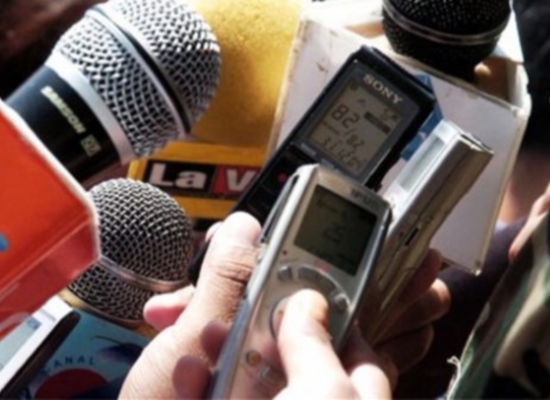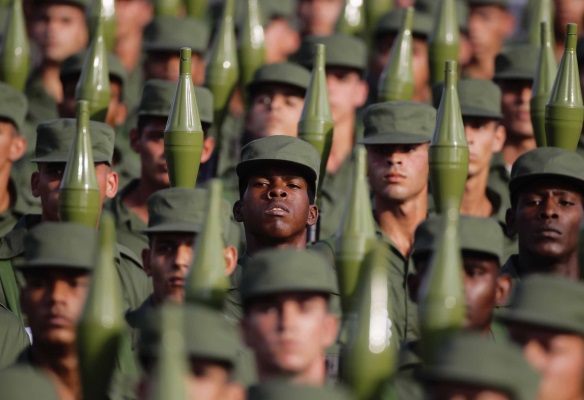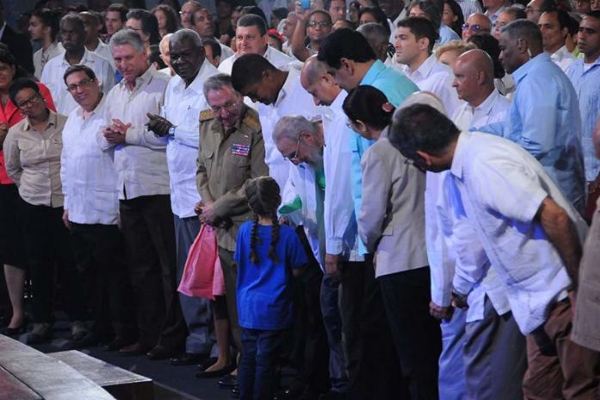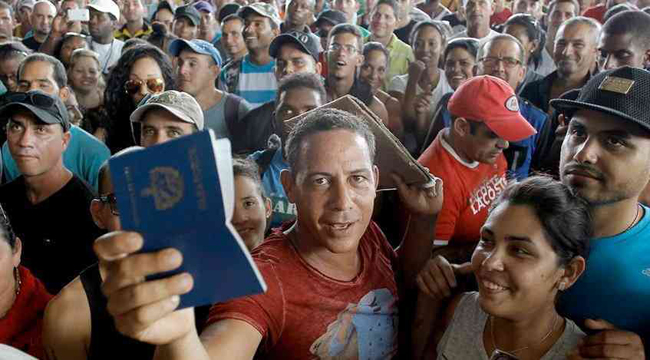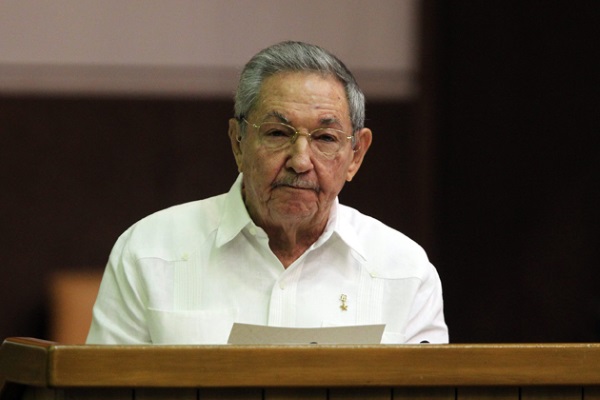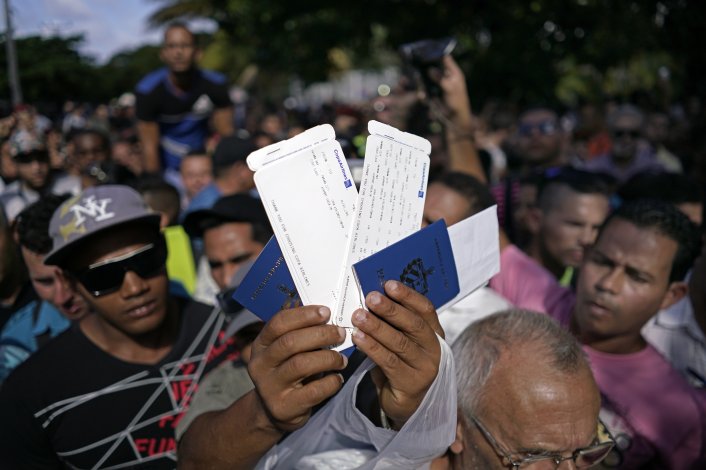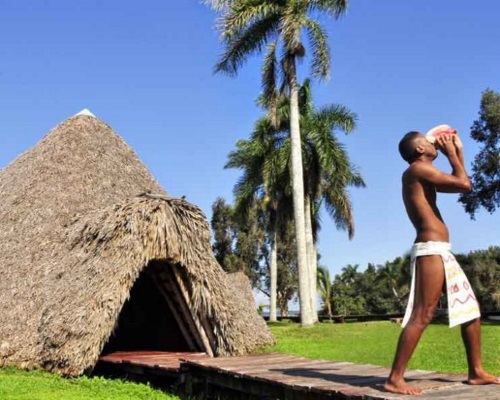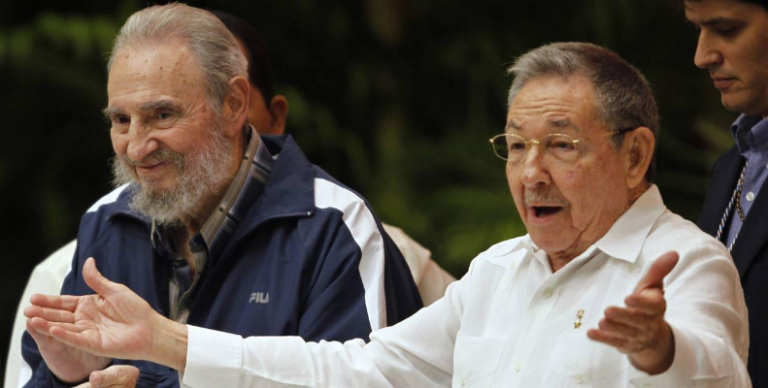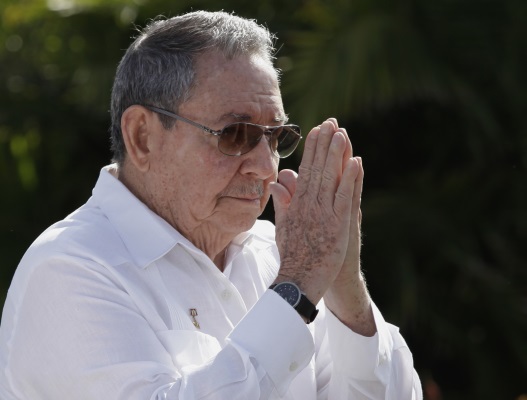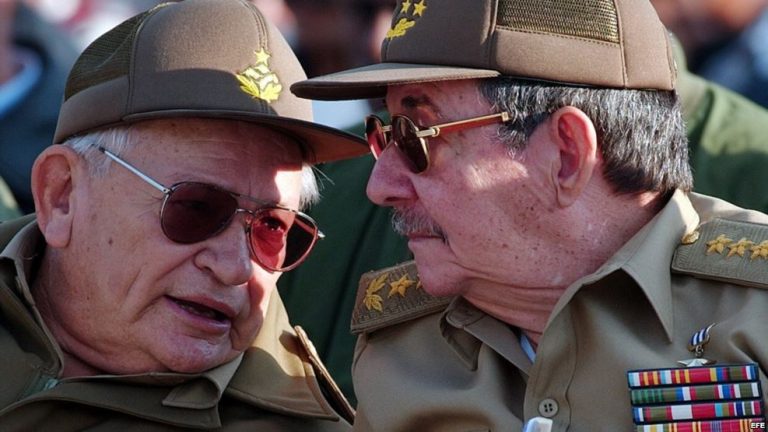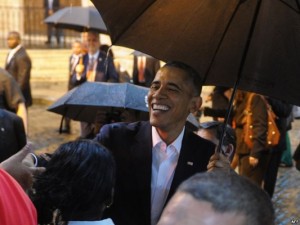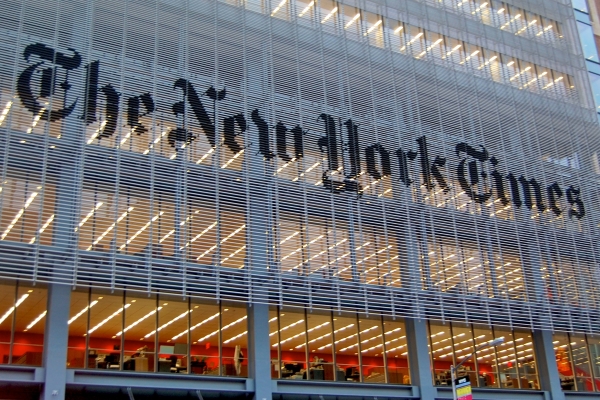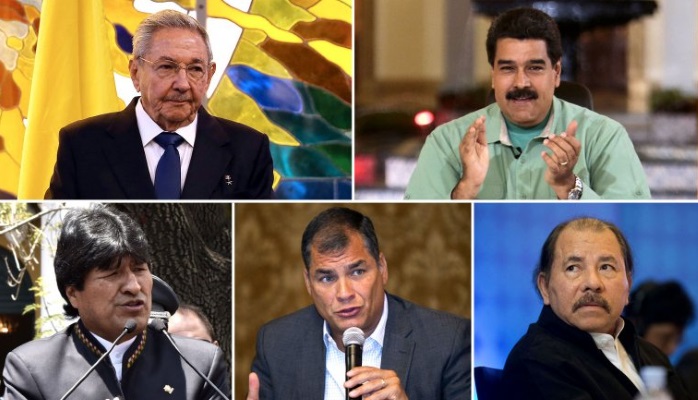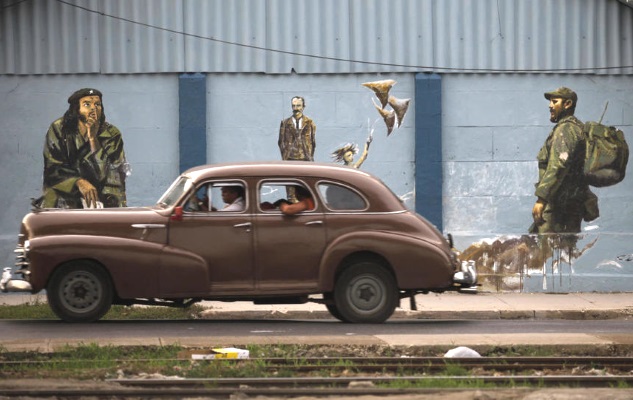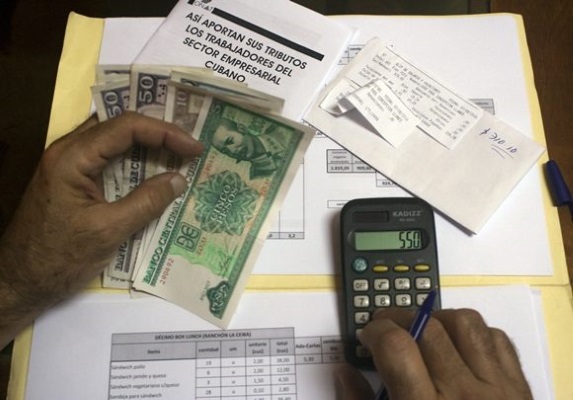
 Cubanet, Miriam Celaya, Havana, 7 September 2016 — In recent days, the Cuban official media announced the implementation of a tax on personal income for workers in the State’s business sector, as well as an extension of payments called Social Security Special Contribution (CESS) – that workers at the so-called “perfecting entities” were already paying into.
Cubanet, Miriam Celaya, Havana, 7 September 2016 — In recent days, the Cuban official media announced the implementation of a tax on personal income for workers in the State’s business sector, as well as an extension of payments called Social Security Special Contribution (CESS) – that workers at the so-called “perfecting entities” were already paying into.
The new measure will take effect on October 1st of this year and will involve over 1.3 million workers who will “benefit” from the Business Improvement System (SPE) along with those receiving payments for results and profits. Such an arrangement “confirms the redistributive function of tax revenues and allows a decreasing participation of the State budget in the financing of public expenditure,” according to officials quoted by the official press. continue reading
The payment of taxes will be deducted directly from State company workers’ income by the State company, which will forward it to the State Budget. That is, workers will collect their a salary after deductions are taken by their State employer for payment to the State.
Contrary to what might happen in a moderately democratic country, where workers can join together in free trade unions and make demands against measures that affect their wages and income, in Cuba there have been no demonstrations, strikes or insubordination in the labor groups affected by this arrangement. Nor is this expected to occur. Against the grain of what some imaginative foreign digital media may claim about “over one million angry workers,” to date no event in the Cuban scene justifies such a headline.
Actually, Cuban State workers, deprived of such a basic right as free association, have developed in recent decades other peculiar ways of processing their dissatisfaction with government actions that harm them, such as being less productive and increasing theft and “diversion” of resources to round up their depressed wages with additional “profits” from such diversions; or emigrating to the private sector – which has been becoming more frequent and expeditious – or permanently leaving the country to seek prosperity away from the costly “protection” of the Castro regime.
For its part, the Central de Trabajadores de Cuba (CTC, Cuban Workers Center), the only “union” legally recognized in Cuba, not only has failed to fulfill the functions it supposedly was created for, and – on the contrary – is developing a whole strategy of support for the government, holding meetings at the grassroots level so that union leaders may enlighten workers about the need to contribute to the State Budget as a way of contributing to the fabulous social benefits they are enjoying, especially with regard to health and education.
For this purpose there have been commissioners who, either due to their lack of mental capacity, out of sheer perversity, or for both reasons, mention among these “freebies” the public’s use of battered highways and roads, the calamitous sewer system or even the precarious and almost nonexistent system of streetlights.
However, implementation of the new tax measures should not surprise anyone. Since the 2011 Sixth Congress of the Cuban Communist Party (PCC), the Guidelines framed on Fiscal Policy announced that “higher taxes for higher incomes” (Guideline 57) would be established, and that the tax system would gradually “advance widely to increase its effectiveness as an element of redistribution of income.”
In that vein, on November 2012, Law 113 (of the Tax System) was approved, repealing Law 73 of August 1994, establishing a special provision that reads: “Personal Income tax on salaries and other qualifying income, in accordance with the special rules and Property Tax on Housing and vacant lots to Cuban-born citizens and foreign individuals permanently residing in the national territory, will be required, if economic and social conditions warrant its implementation, which will be approved by the Budget Act of the corresponding year.”
In April 2016, the VII Congress of the PCC once again took up the issue of the need for the population to develop a tax culture, stressed the inability of the State to continue assuming the costs of social benefits and announced that it was studying the implementation of a system of personal income tax… when suitable conditions existed.
In light of today, it becomes obvious that these “conditions” did not refer specifically to an increase in workers’ purchasing power, which is still insufficient despite the much vaunted 54% increase in the average wage in the State business sector from 2013 to the present, which places the wage at 779 Cuban pesos (about US $31) according to official figures. Rather the “conditions” are the State’s increasing inability to ensure the already deficient social security by itself, plus the budget deficit, which the government’s own media places at 1.2 billion Cuban pesos, which must be covered by the treasury.
As officially reported, the State budget for 2016 is 52.4 billion Cuban pesos, of which 5.7 billion (more than 10% of the total budget) went to social security.
Hence Resolution #261 of 2 August 2016, by the Ministry of Finance and Prices, which sets out in detail the tax rate aimed at complementing Law 113 of the Tax System. This should have been applied starting in the second half of the year, but – apparently – nothing could be allowed to mar the Ex-Undefeated One’s 90th birthday celebration in August, so, during the last regular session of the National Assembly of People’s Power it was agreed to postpone the implementation of the resolution until the fourth quarter, starting with September’s income.
Of course, in a “normal” society, an increase in social benefits coincides with a rigorous compliance with a realistic tax policy. The problem is that Cuba does not have either of these two premises: it is neither a “normal” country nor does it have a “realistic” tax burden, but quite the opposite.
In fact, Cuba’s own laws demonize prosperity, limit and discourage production capacity, and discourage and penalize the “accumulation of wealth.” At the same time, there is colossal inflation and a deviant monetary duality: the country operates with two currencies, the Cuban peso (CUP) and the so-called Cuban convertible peso (CUC). For the most part wages are paid in the first currency, while a large portion of the necessities of daily life are sold only in the second. With an exchange rate of 25 Cuban pesos for 1 CUC, this creates an unbridgeable gap between Cubans with access to hard currency, CUCs, and the always insufficient living wage in national currency, CUPs, creating a distortion between official projections, real wages and workers’ cost of living.
Other accompanying factors to the tax culture of a nation, not reflected so far in the government’s plans, are the economic freedoms of those who produce the wealth – the taxpayers – and a necessary transparency in financial figures. Both the source of funds of the State Budget and the destiny of the revenue that feeds State funds through fiscal policy are occult matters of science, under the management of only a small group of anointed ones.
There are certain benefits of collateral privileges for some sectors, which are also not in the public domain. For example, the population does not know what percentage of the national budget is allocated to the cost of the Revolutionary Armed Forces (FAR) and the Ministry of the Interior (MININT), although both ministries were the first to apply the SPE, while their employees enjoy higher wages, as well as prioritized plans for housing construction and free or irrationally cheap vacations at resorts with prices that are prohibitive for the pockets of common workers. They also get guaranteed transportation services, the largest motor home park in the country, preferential access to food products and a long list of freebies.
In addition, there has been no information on the relationship between the tax and the pensions that retirees get. That is, how many State workers should pay taxes to cover the pensions of all retirees, and what are the projections in this direction for a population that is aging at an alarming rate, and that is, in addition, being hit by the growing and constant exodus abroad of its labor force.
At the moment, workers – suddenly converted to taxpayers without economic rights – have not been liberated of their patriotic obligations such as the “donation” of a day’s pay for the National Militias Troops, a shell entity which nobody sees or belongs to, but with a fixed quota, or of the union fees for an association whose primary function is to defend management. Cuckolded and beaten.
What is uncontested is the efficiency of the State in sharpening its pencils and doing its math. It is known that 1736 State-owned businesses have average salaries in excess of 500 Cuban pesos at which the tax goes into effect; therefore, their workers will begin to take on the new tax burden that will make their incomes dwindle. The bad news is that, presumably, many State workers will give up their jobs to look more promising ones elsewhere. The good news is that Daddy State will stop bragging about so many expensive freebies.
The “gains” made by the workers through half a century of “Revolution” are quickly blurring.
Translated by Norma Whiting

